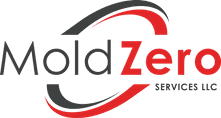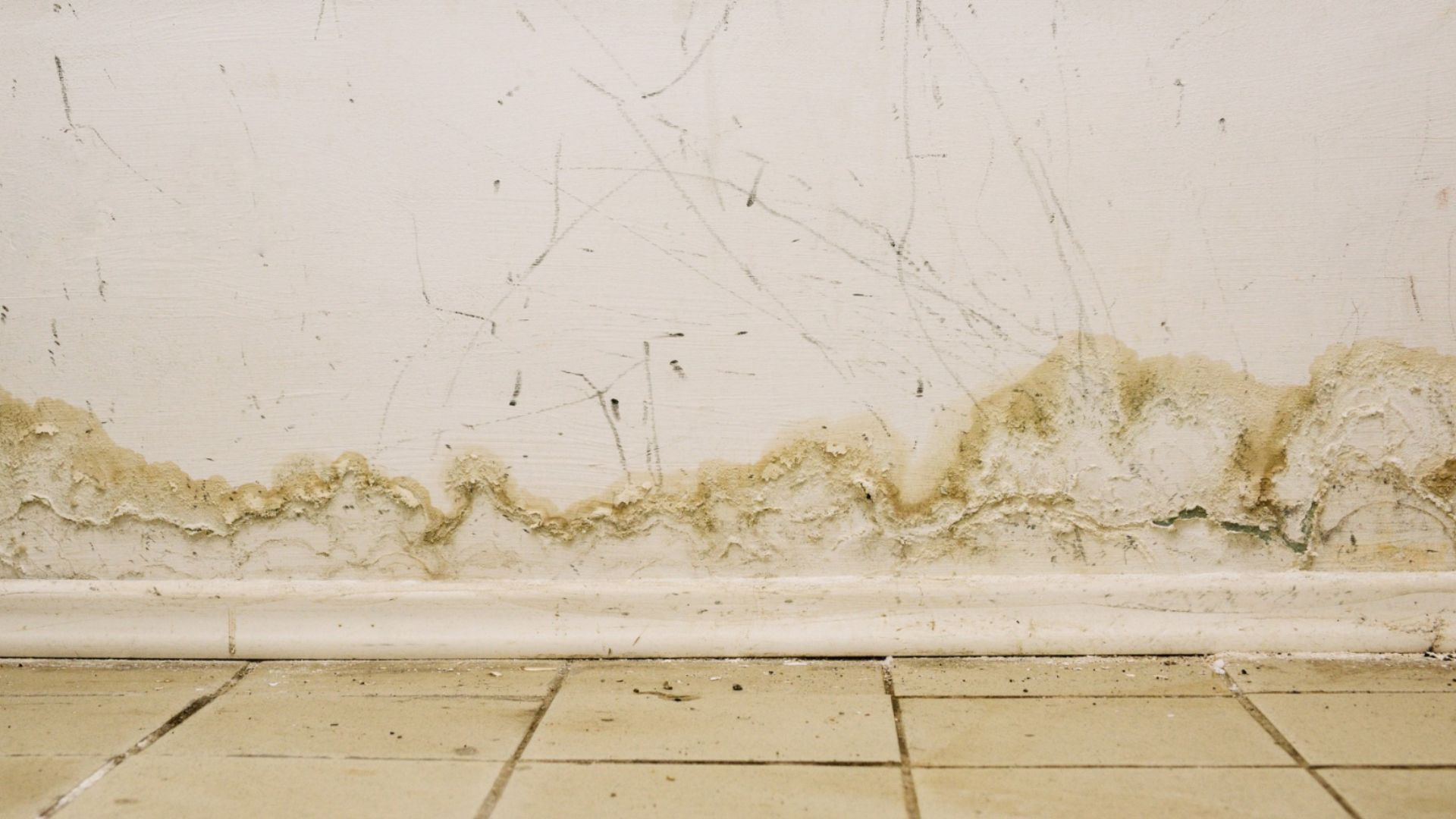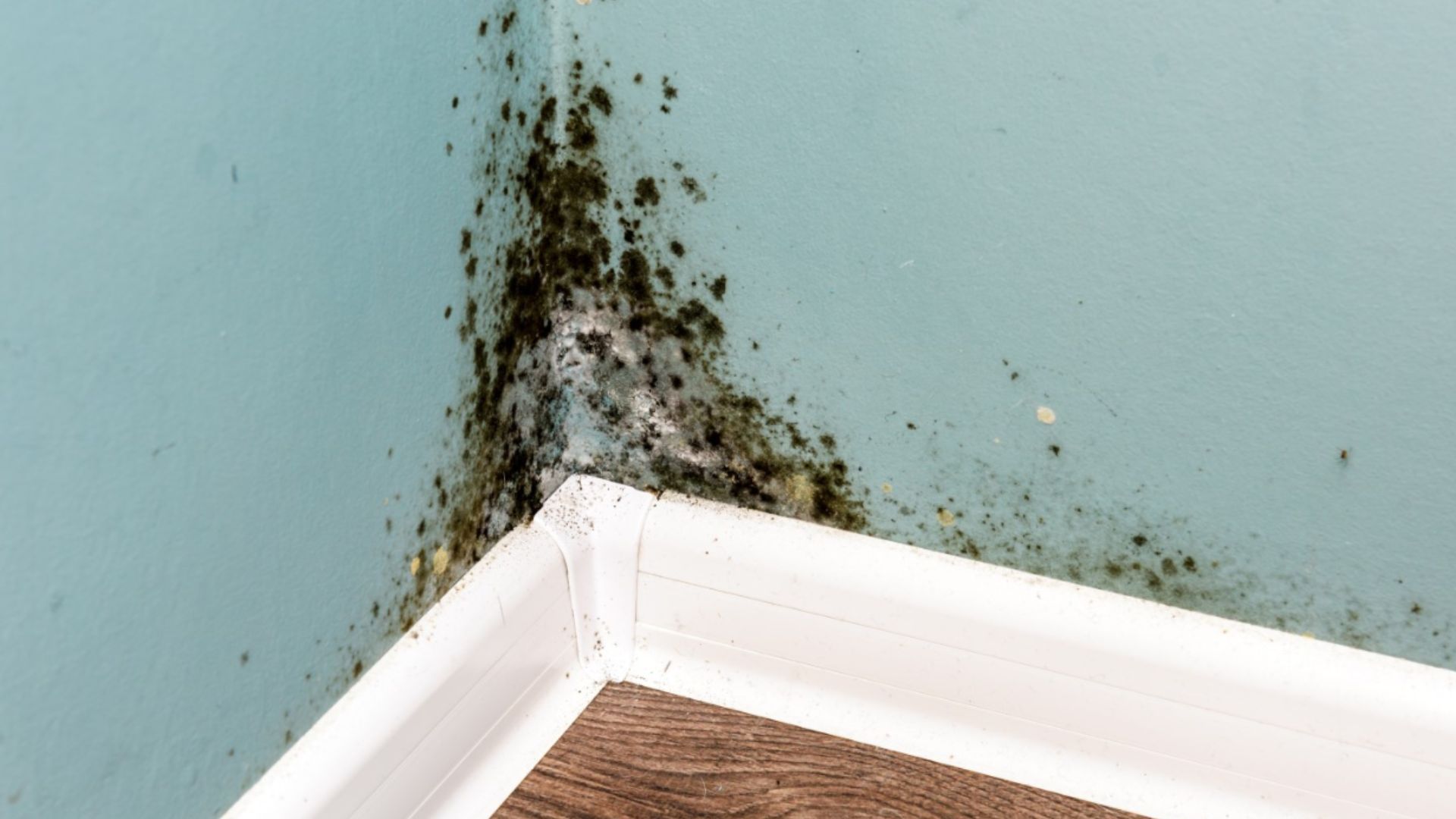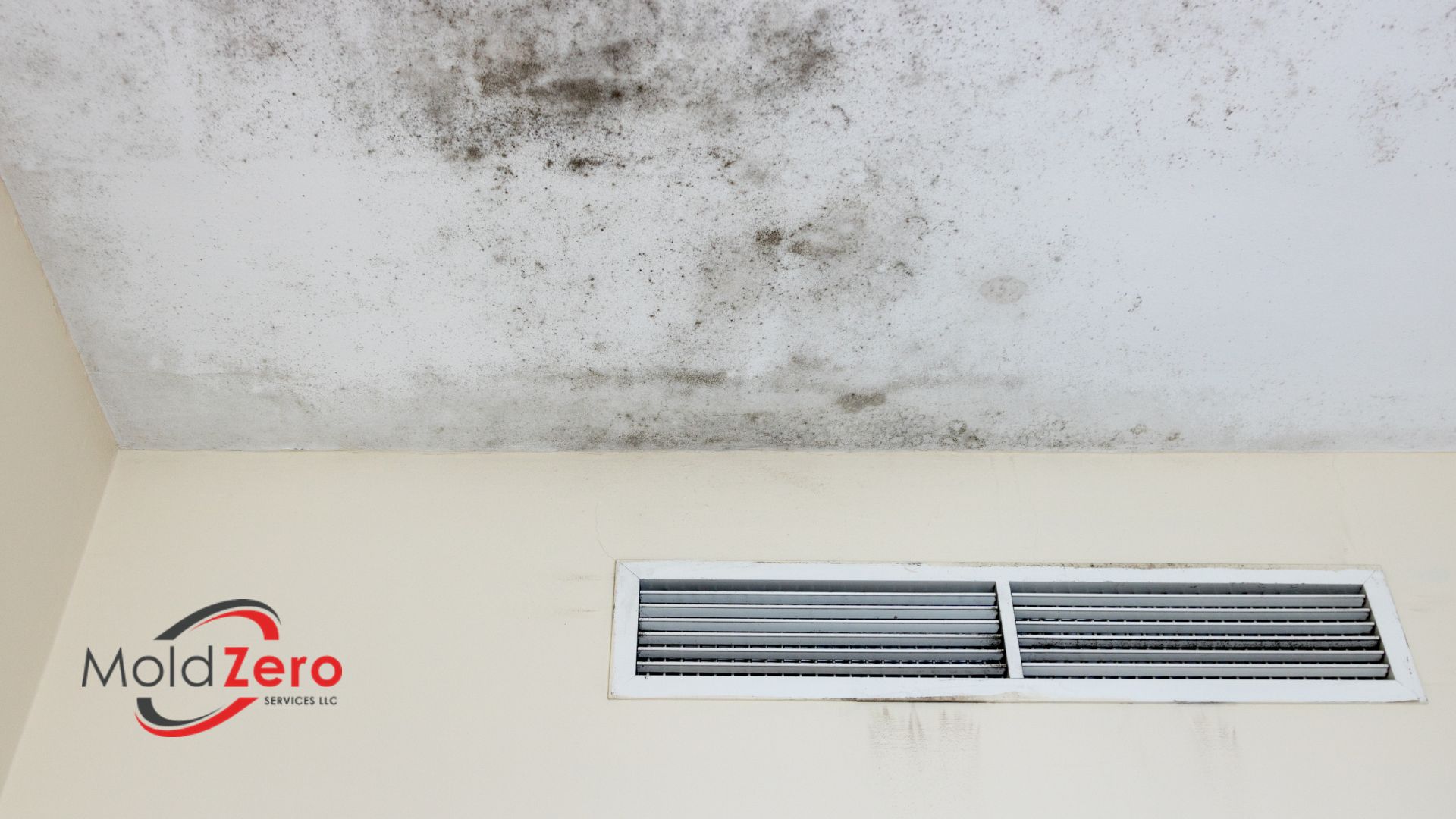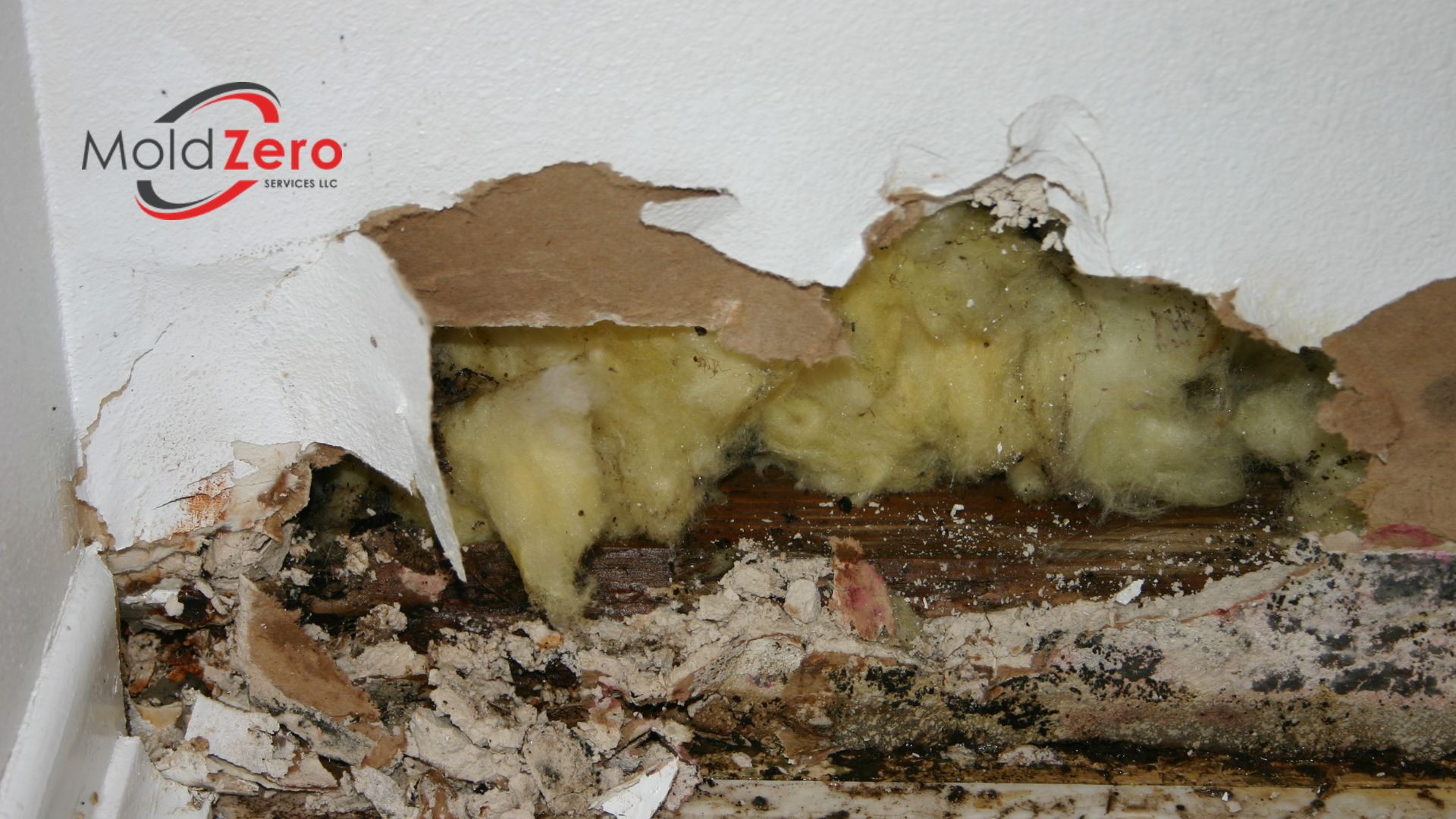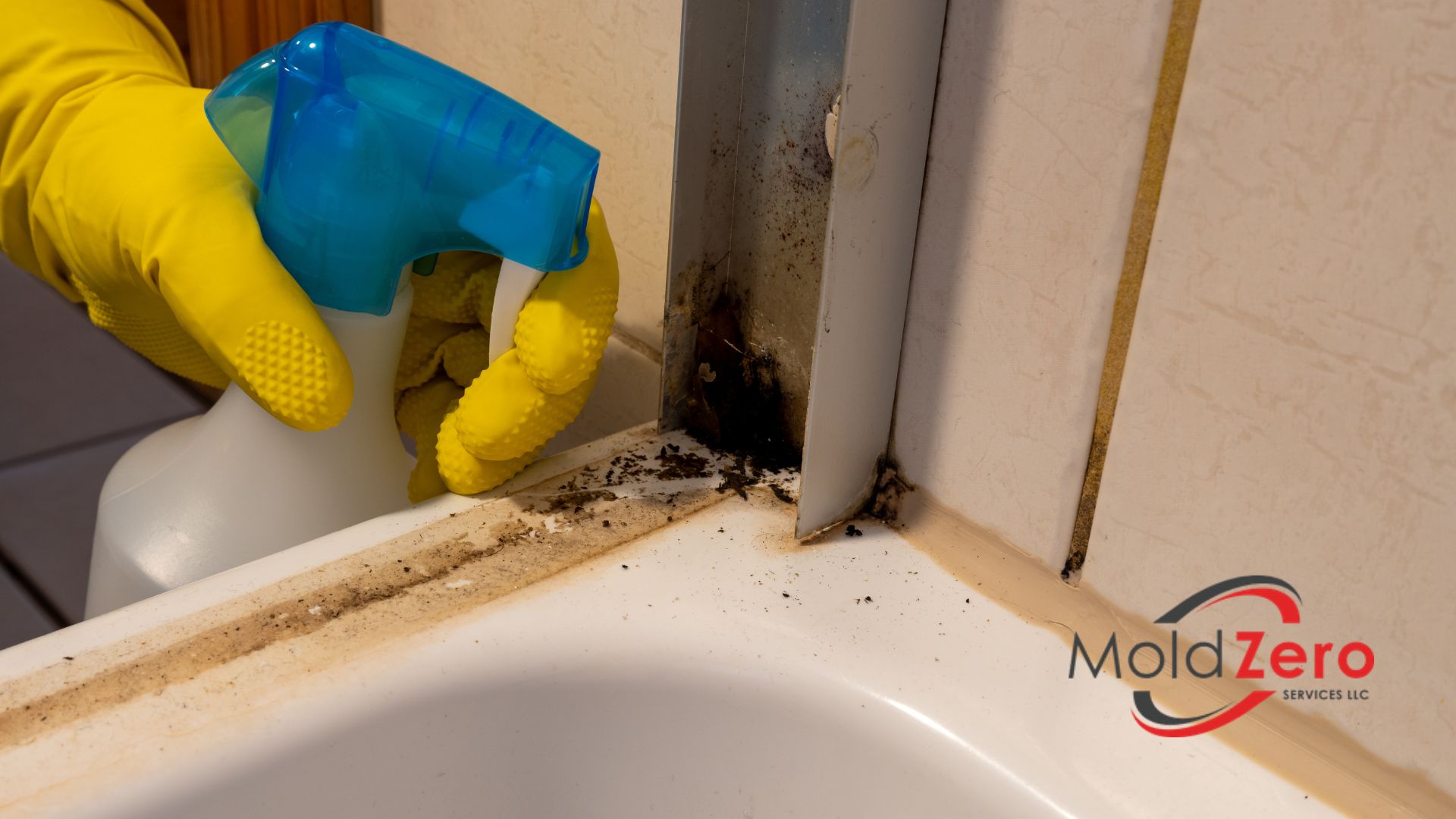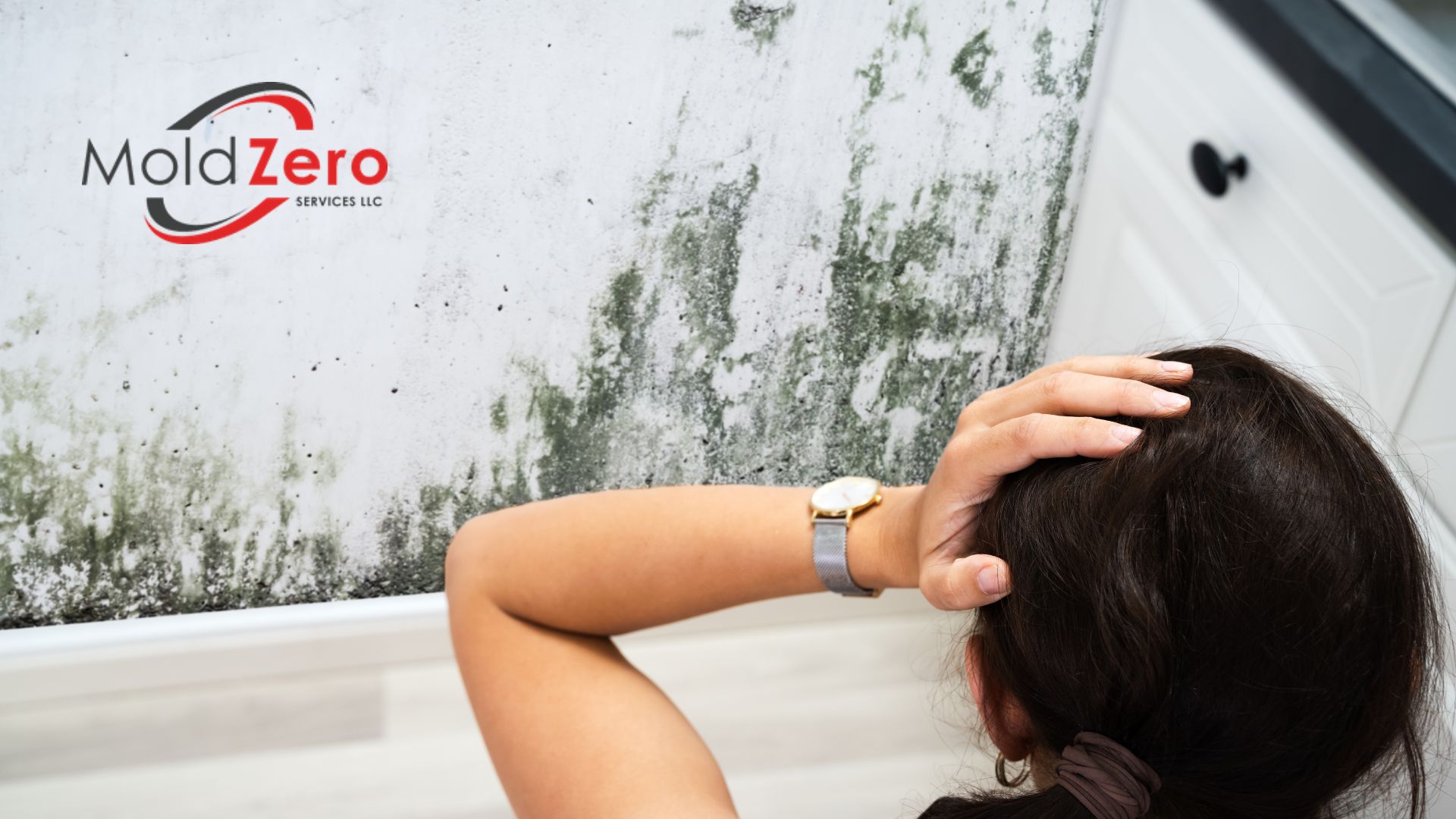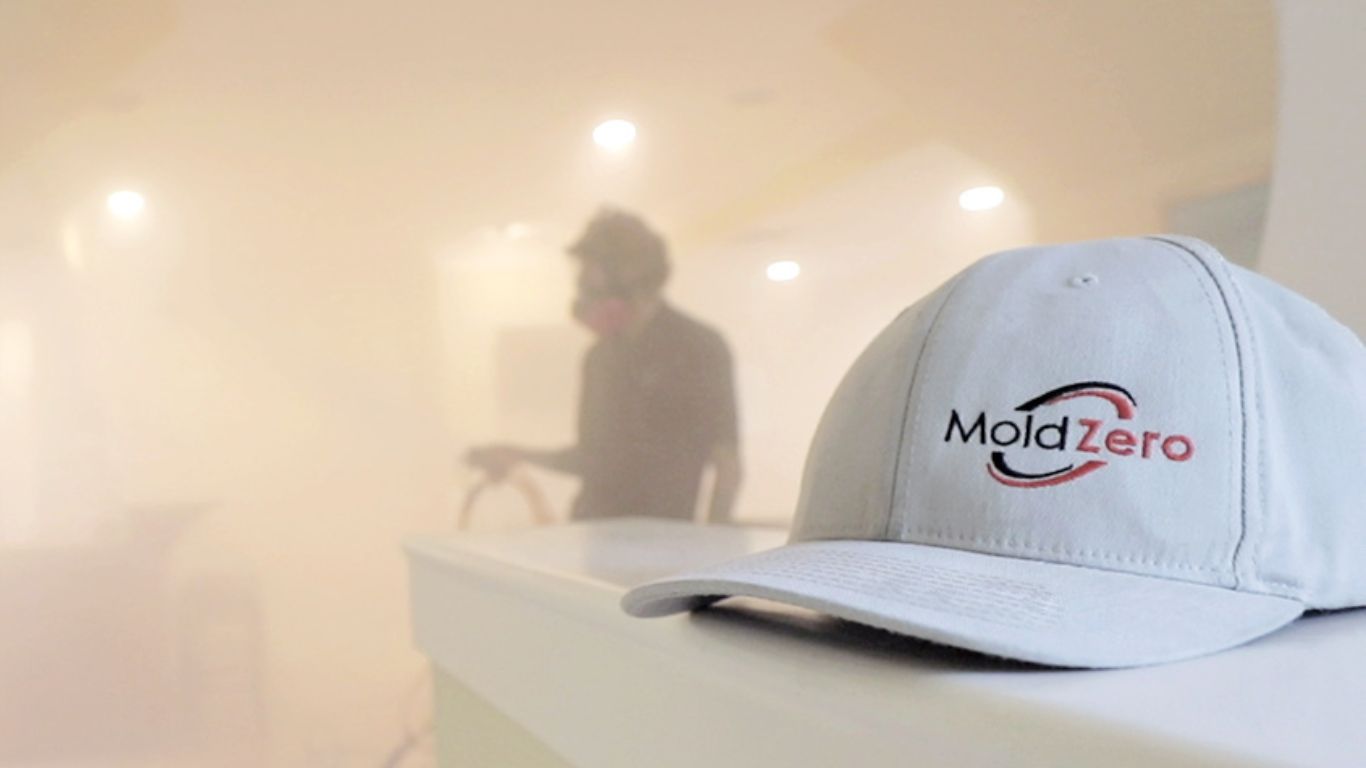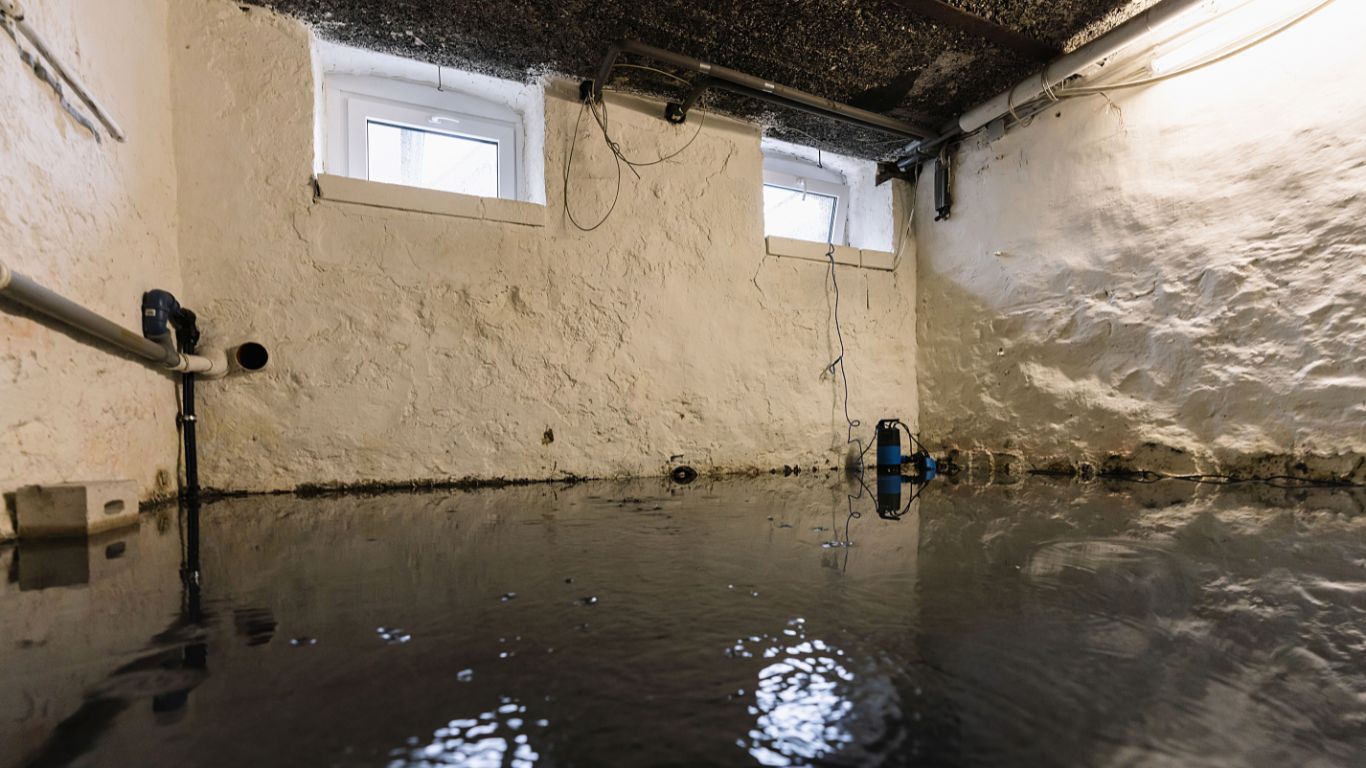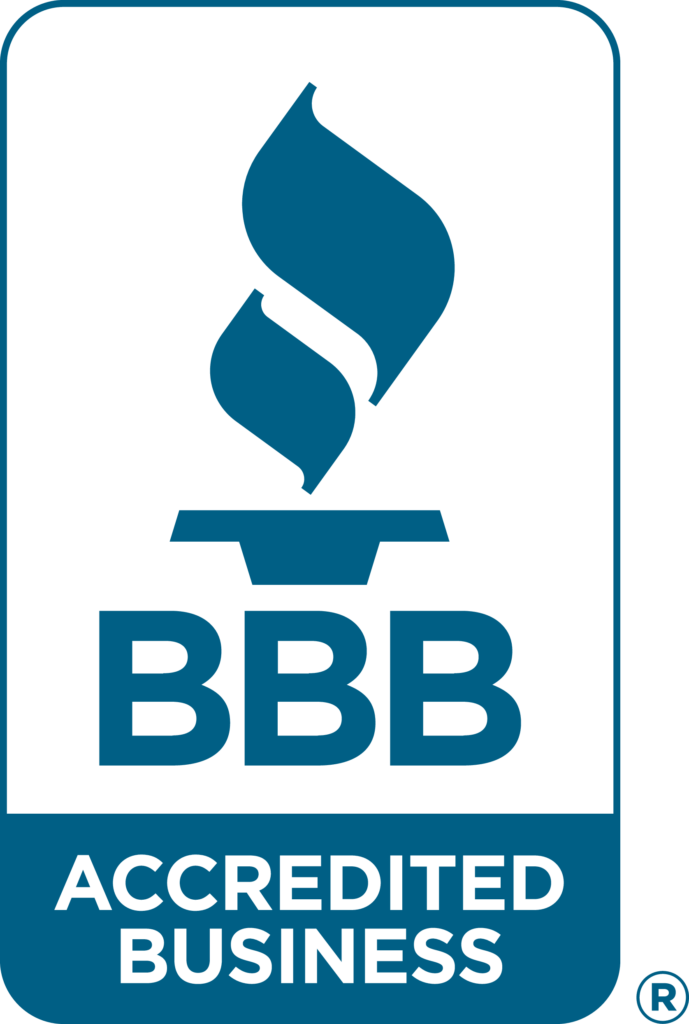Minimize Mold Risk After Water Damage
Imagine walking into your home to discover a waterlogged living room – it’s a scenario none of us want to face. Yet, water damage isn’t just about sodden carpets and dripping ceilings; its silent accomplice, mold, poses an even greater threat.
To ensure your sanctuary stays free from harm and clean, it’s critical to act swiftly to head off mold before it gains a foothold. This blog outlines indispensable steps for homeowners to stymie mold’s march in the wake of water damage.
Immediate Steps to Take After Water Damage
At the first sign of water damage, your speedy response can mean the difference between a quick clean-up and a full-blown mold invasion. Follow these urgent actions:
Turn Off the Source of Water
Whether it’s a burst pipe or an overflowing appliance, stem the flow immediately. Shutoff valves for fixtures and the main water line are your first line of defense.
Turn Off Electricity in the Affected Area
Prevent electrical hazards by switching off power to the damaged area at your breaker box until an electrician declares it free from harm.
Remove Any Standing Water
Every moment counts. Use a pump or a wet-dry vacuum, and soak up lingering moisture with towels or mops to thwart mold’s ideal environment – moisture.
Dry Out the Affected Area
Ventilate with fans and dehumidifiers to circulate air and remove dampness. Dry surfaces within 24 to 48 hours to keep mold at bay.
Remove and Dispose of Any Damaged Materials
Saturated carpets, insulation, and drywall are havens for mold. If unsalvageable, they must go, wrapped in plastic for free from harm disposal.
Consider Hiring a Professional Water Damage Restoration Company
Particularly for extensive damage, professionals possess the tools and expertise to ensure your home is thoroughly dried and disinfected.
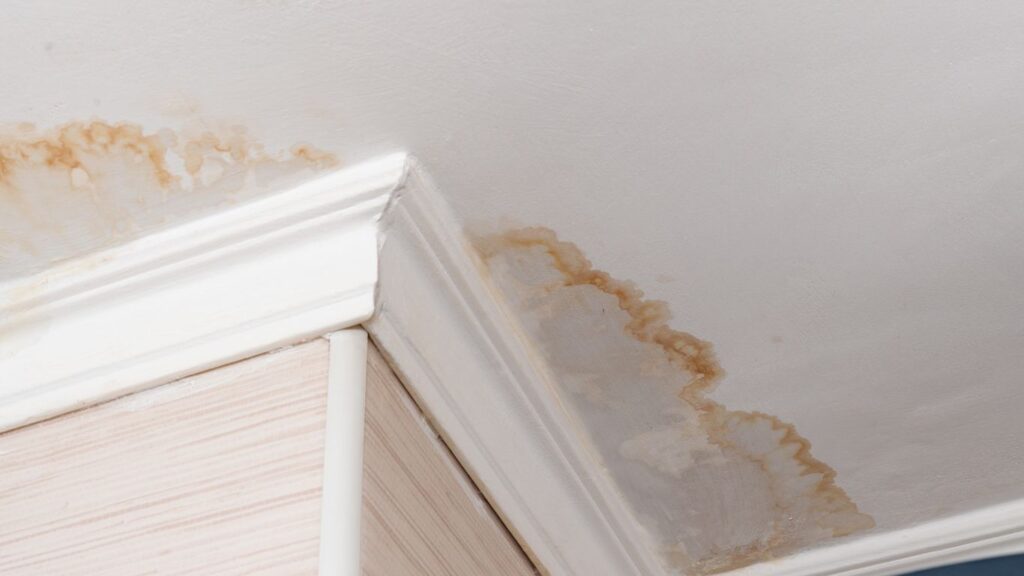
Preventing Mold Growth
Mold thrives in damp, warm conditions, flourishing unseen within 24 to 48 hours. To cut off its life source:
- Maintain indoor humidity below 60% and ensure rooms are well-ventilated.
- Fix leaks swiftly; from roofs to pipes, no drip should be ignored.
- Regularly inspect your home, particularly basements, attics, and under sinks, for early signs of mold or moisture.
Frequently Asked Questions
What should I do immediately after water damage occurs in my home?
Take action quickly by shutting off the water source and electricity, removing standing water, thoroughly drying out the area, disinfecting surfaces, and discarding unsalvageable materials. Consider professional restoration services for extensive damage.
How quickly can mold grow after water damage?
Mold can start to grow within 24 to 48 hours in the right conditions—primarily in places with moisture and a lack of proper ventilation and using dehumidifiers to rid the area of moisture.
Is it free from harm to stay in my home after water damage and the risk of mold?
It depends on the extent of the water damage and any potential mold growth. For minor, quickly addressed damage, staying at home may be free from harm. However, significant damage might require you to vacate until mold remediation is complete.
Can I clean up water damage myself?
For minor water damage, you may be able to manage the cleanup yourself. However, for larger issues or when mold is suspected, it’s best to contact professionals like Mold Zero LLC for thorough remediation.
How can I tell if mold is growing after water damage?
You might notice a musty odor or see discoloration on surfaces. Mold can appear in various colors, like black, white, green, or yellow. Be proactive and frequently check for signs, especially in the most susceptible areas.
What are the risks of mold exposure in my home?
Mold exposure can lead to health issues, especially for those with allergies, asthma, or compromised immune systems. Symptoms may include coughing, sneezing, throat irritation, and in severe cases, more serious respiratory issues.
How do I maintain proper humidity levels to prevent mold growth?
Use dehumidifiers and exhaust fans, keep air conditioning drip pans clean, and ensure your home is well-ventilated. It’s best to maintain indoor humidity levels between 30% and 50%.
Get a Free Consultation
Taking immediate action after water damage is paramount in preventing mold growth. Recall these vital steps: stop the water, turn off the electricity, remove standing water, dry everything, disinfect surfaces, dispose of damaged items, and possibly seek professional help. Swift action not only salvages your belongings but also protects the health of your home.
Should you need support, Mold Zero LLC stands ready to restore your home in Los Angeles to normal. For a free inspection and estimate, call 626-671-8886.
